The domestic garbage treatment equipment plays an important role in today's society, especially in dealing with the increasing problem of organic solid waste in cities. With the progress of urbanization, the production of household garbage increases rapidly, and a large part of it is organic solid waste, mainly from kitchen waste and food residue in homes, restaurants, food processing plants and other places. How to effectively handle these organic solid wastes is not only an important topic for environmental protection, but also related to the rational utilization and sustainable development of resources. Modern domestic waste treatment equipment realizes the reduction, harmlessness and recycling of organic solid waste through a series of advanced technologies and processes.
A. Workflow of domestic waste treatment equipment
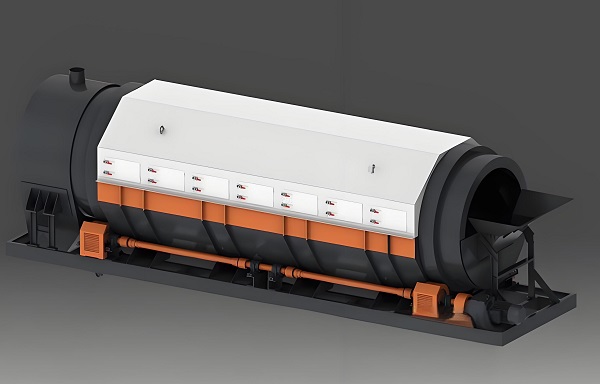
1.The first step in the treatment of organic solid wastes is pretreatment. Organic substances in household garbage are often mixed with other garbage, such as non-degradable substances such as plastic, metal and glass. Therefore, prior to the treatment of organic solid wastes, the garbage needs to be sorted and pre-treated first. Garbage pretreatment usually includes screening, crushing and sorting. Large objects and hard substances are separated from organic wastes by mechanized equipment, and wastes are crushed to reduce volume and facilitate subsequent treatment. Pretreatment can not only improve the efficiency of organic waste treatment, but also maximize the recycling of resources.
2.The following is the waste sorting process. In household garbage, besides organic substances, there are many recyclable materials, such as paper, plastic, metal, etc. In this step, waste treatment equipment often uses physical or optical methods to classify organics with other waste. The advanced sorting equipment can separate different types of materials according to the density, magnetism or color of the waste. The sorted organic solid waste can be sent to the core organic waste treatment process after further treatment.
3.One of the core technologies of organic solid waste treatment is anaerobic fermentation. Anaerobic fermentation is a process that utilizes microbes to decompose organic matter in an anaerobic environment. The collected organic solid waste is put into the anaerobic digester, and the microorganism decomposes organics to produce biogas, the main components of which are methane and carbon dioxide. Methane is an important energy source, which can be used for power generation or heat supply after purification to realize energy recycling. Anaerobic fermentation can not only reduce the volume of organic solid waste, but also realize the recycling of waste resources through the production of biogas. At the same time, the residue after anaerobic fermentation can be further processed into organic fertilizer for agricultural production.
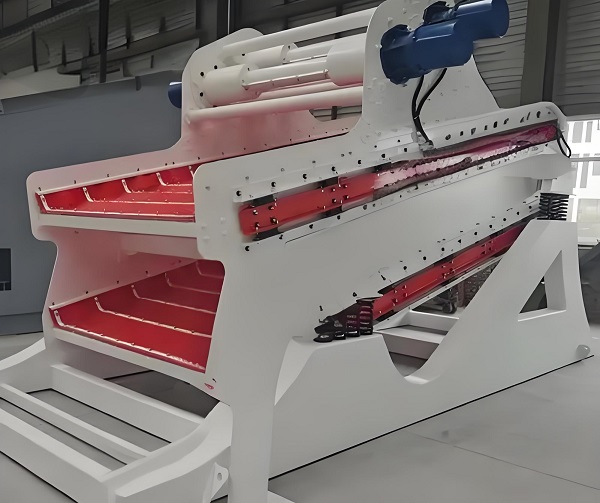
4.In addition to anaerobic fermentation, composting is also a common way to treat organic solid waste. Composting is a process that relies on the natural decomposition of microbes in an aerobic environment. Stack the organic wastes together, promote the reproduction and metabolism of microorganism by controlling the temperature, humidity and ventilation, and finally transform the organic matters into the rotten organic fertilizer. Composting treatment is relatively low in cost and suitable for large-scale organic waste treatment. However, composting takes a relatively long time and usually takes weeks to months to fully mature. The organic fertilizer after composting treatment is rich in nutrients and can be used in agriculture, gardening and other fields to further realize the recycling of resources.
5.In the process of organic solid waste treatment, energy recovery is also a highlight. The heat produced can be used for power generation or heating, whether it is biogas produced by anaerobic fermentation or organic waste treated by incineration. Such energy recovery can not only reduce the dependence on fossil energy, but also reduce the waste treatment cost and promote the dual benefits of economy and environment.
6.Finally, the treated residue may require final treatment. Not all organic solid wastes can be completely converted into useful resources. Treated residues that cannot be reused are often safely landfilled or otherwise treated to avoid further environmental pollution. However, through modern waste treatment technologies, the volume of residues has been greatly reduced, and landfill volume and impact on the environment have been effectively controlled.
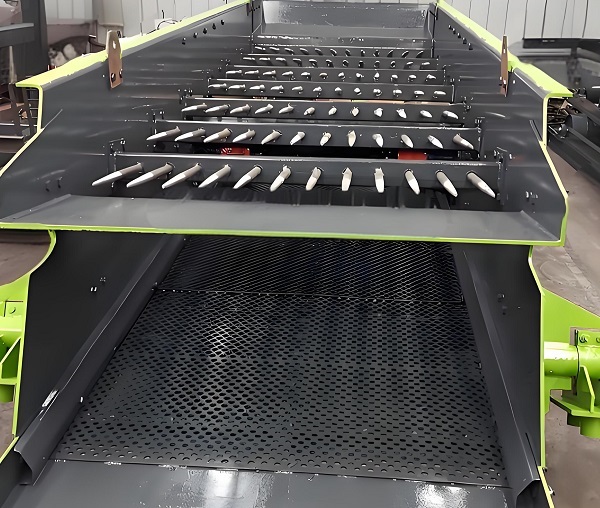
In general, modern domestic waste treatment equipment ensures effective treatment of organic solid waste through pretreatment, sorting, anaerobic fermentation, composting and energy recovery. These technologies not only reduce the harm of organic waste to the environment, but also realize the efficient recycling of resources. With the continuous progress of technology and the expansion of application scale, the domestic waste treatment equipment will continue to contribute to the global environmental protection and sustainable development in the future.
B. Function of domestic waste treatment equipment
Domestic waste treatment equipment plays a significant role in many aspects such as environmental protection, resource utilization and social development, and is an indispensable part for realizing sustainable development strategy. The following is a detailed description of the role of domestic waste treatment equipment:
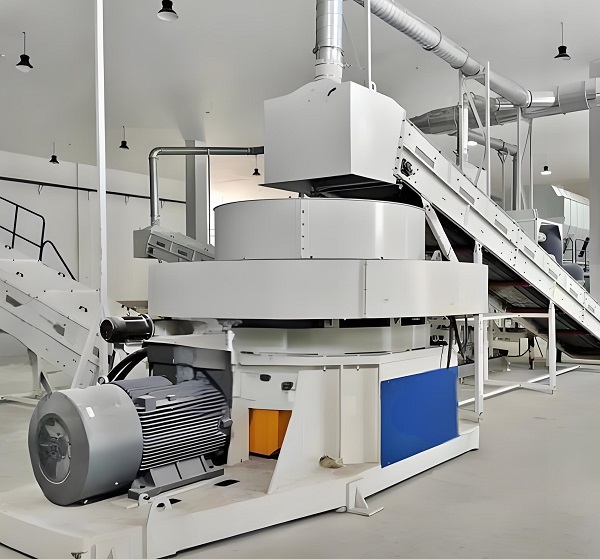
1.Environmental protection
a. Pollution reduction: the household garbage treatment equipment significantly reduces the landfill and incineration of garbage through the classification and treatment of garbage, thus reducing the environmental pollution. For example, hazardous wastes are specially treated to avoid soil and water pollution; Organic wastes are converted into energy through anaerobic digestion and other technologies to reduce greenhouse gas emissions.
b. Environment improvement: efficient garbage treatment capacity can improve the urban sanitary environment, reduce the impact of garbage on residents' life and improve the overall image of the city.
2.Resource recovery and utilization
a. Sorting recyclable materials: the domestic waste treatment equipment can effectively sort out recyclable materials such as plastics, metals and papers, which can be reused after treatment, reducing the exploitation of original resources and promoting the recycling of resources.
b. Improve the resource recovery rate: through precise sorting and treatment, the domestic waste treatment equipment can greatly improve the resource recovery rate and realize the maximum utilization of resources.
3.Reduced floor area
Land demand reduction: Effective waste disposal equipment reduces the area of land required for landfill or stockpiling, particularly in urban areas where land resources are becoming increasingly scarce.
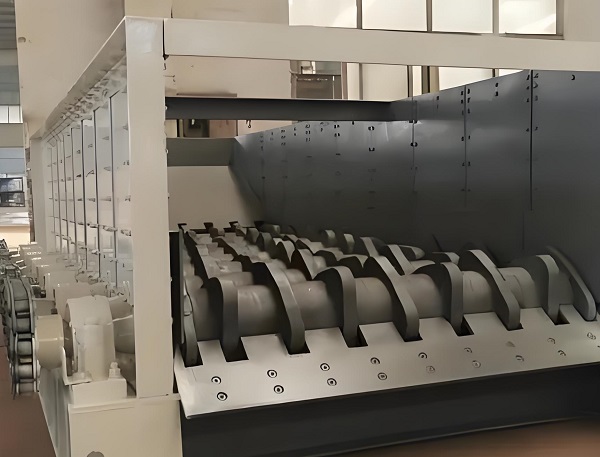
4.Promote economic development
a. Creation of employment opportunities: the waste classification and resource recovery industry itself can create a large number of employment opportunities and inject new vitality into the economic development.
b. Economic benefits: the process of transforming waste into wealth can generate significant economic benefits, promote the development of relevant industrial chains and provide new impetus for economic growth.
5.Improve public environmental awareness
Promotion of waste classification: the application of domestic waste treatment equipment is often accompanied by the promotion of waste classification, which is conducive to improving the environmental awareness and participation of the public, cultivating the responsible consumption habits, and forming a good social atmosphere.
6.Drive of scientific and technological innovation
Promoting technical development: the progress of waste treatment technology requires continuous R&D investment, which promotes the innovation of relevant technologies, including the technical development of artificial intelligence, Internet of Things, mechanical engineering and other fields.
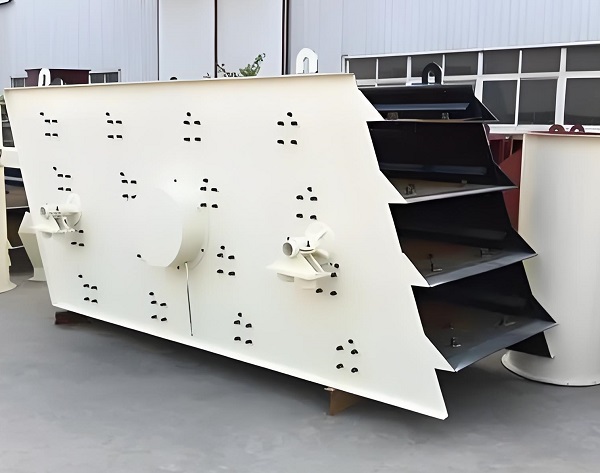
7.Comply with policy guidance
Realization of policy objectives: many countries and regions are formulating more strict environmental protection regulations. Therefore, domestic waste treatment equipment becomes an important tool to realize policy objectives, help governments and enterprises comply with laws and regulations, and avoid fines and social responsibility risks.
PS: Domestic waste treatment equipment plays an important role in environmental protection, resource recovery and utilization, reduction of floor space, promotion of economic development, improvement of public environmental awareness, drive of scientific and technological innovation and compliance with policy guidance. With the continuous progress of technology and the improvement of social environmental protection awareness, these devices will be more widely used and their values will be further played.
Save Time! Get A Detailed Quotation Quickly.
